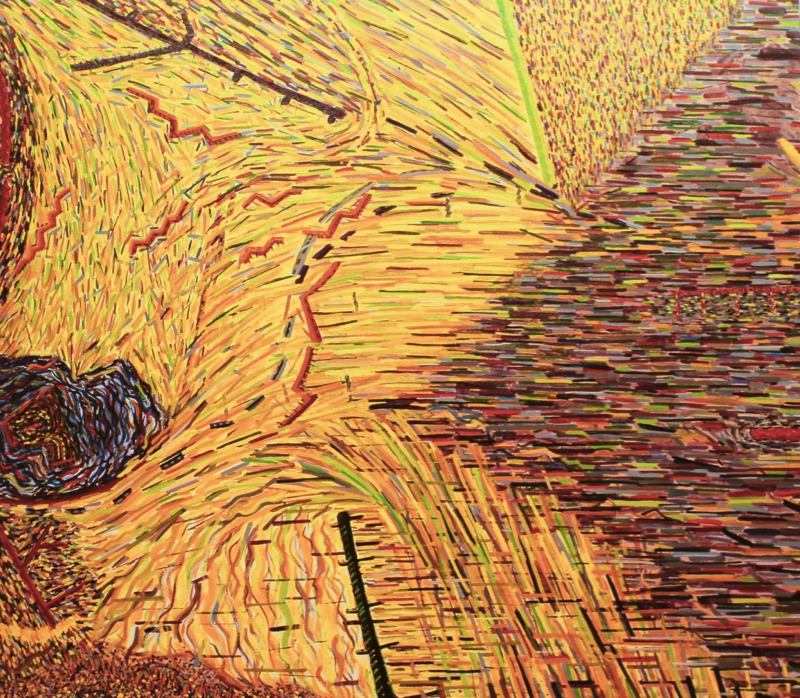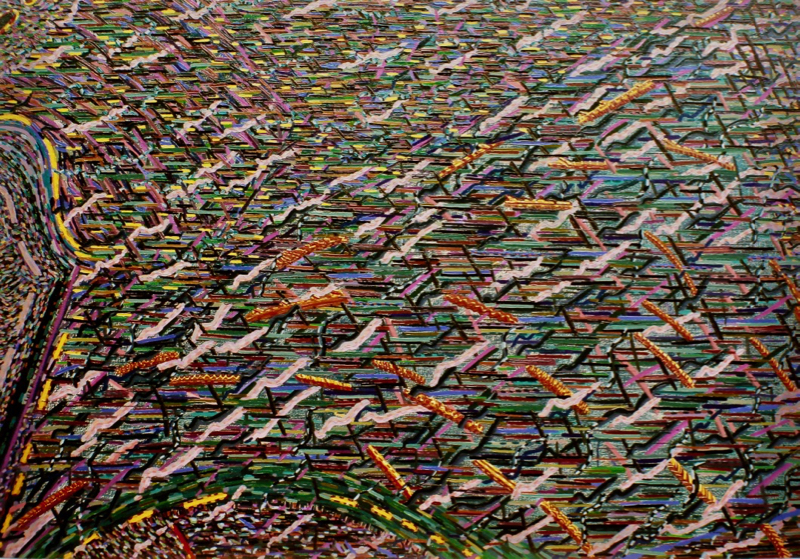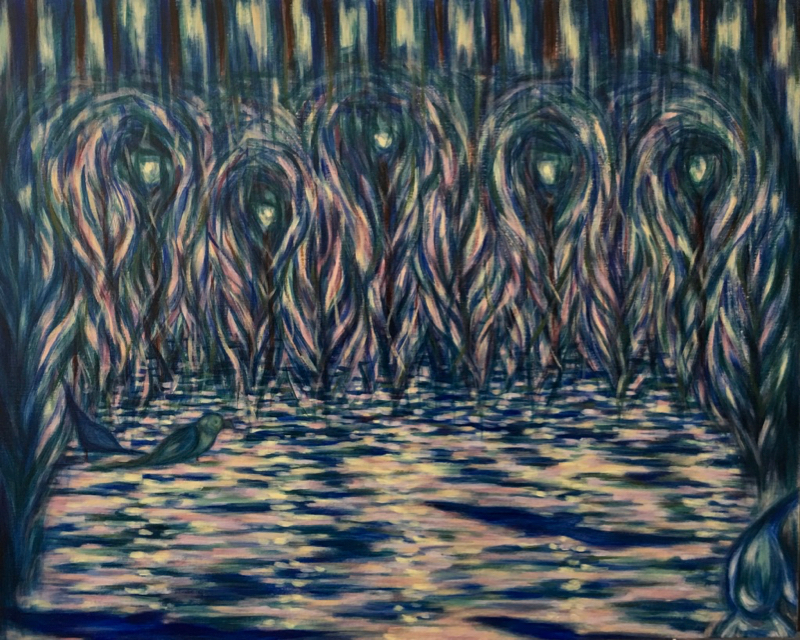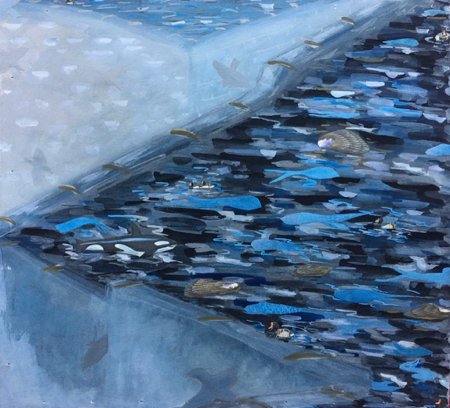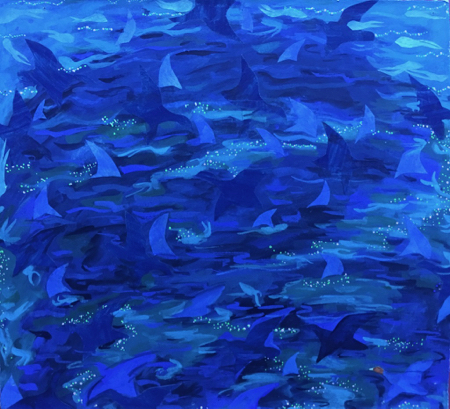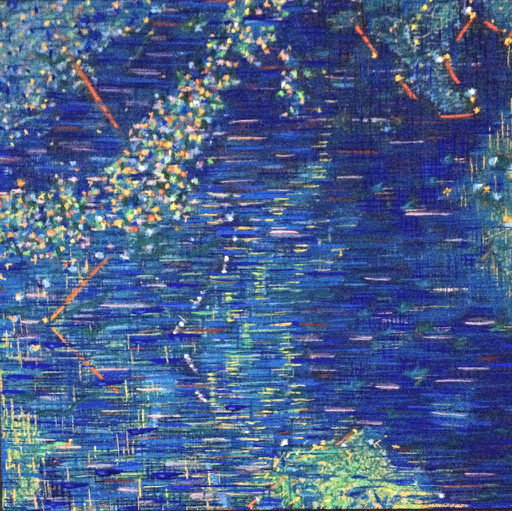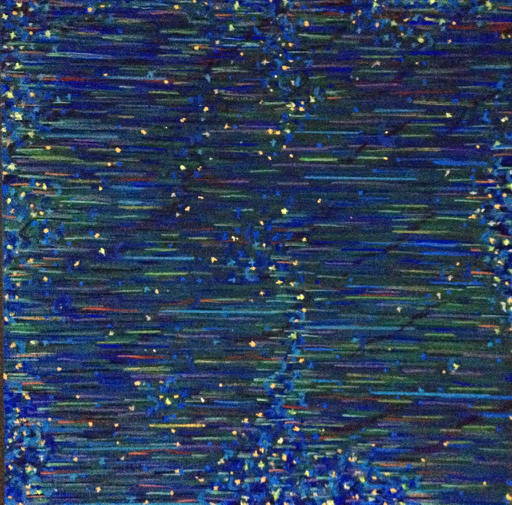My Chicago home studio 1981-1984.
The most difficult aspect of graduating from the program at the Institute was giving up that luminous, sky-lit studio. I knew I would miss the early morning train ride downtown and the inky night ride back home — and so many things in between. I have nothing but a bottomless well of gratitude for everything I learned from the School and the amazing, adjoining Art Institute in which I lived so many hours. But all great situations must eventually be left, and I was ready to go.
Chicago in the 80’s had many large & affordable places for rent. Michael (my husband) & I lived in a very spacious north-side apartment, with very few pieces of furniture. My evening 3-d figures moved out of the backroom "office" and into the 400 square ft living room which became my new studio. I quickly adapted to working at home. From that time to the present, I have never lived physically separated from my work--and all the pleasures & problems that come with this way of living.
Here is a pic of my studio—the southeast quadrant— complete with my beloved studio budgie, LittleGuy, on his "playground" (marked with green box). The feathers he molted ended up in many of my pieces.
SketchBook/Birds in My Studio ©1983 LSAuth.











